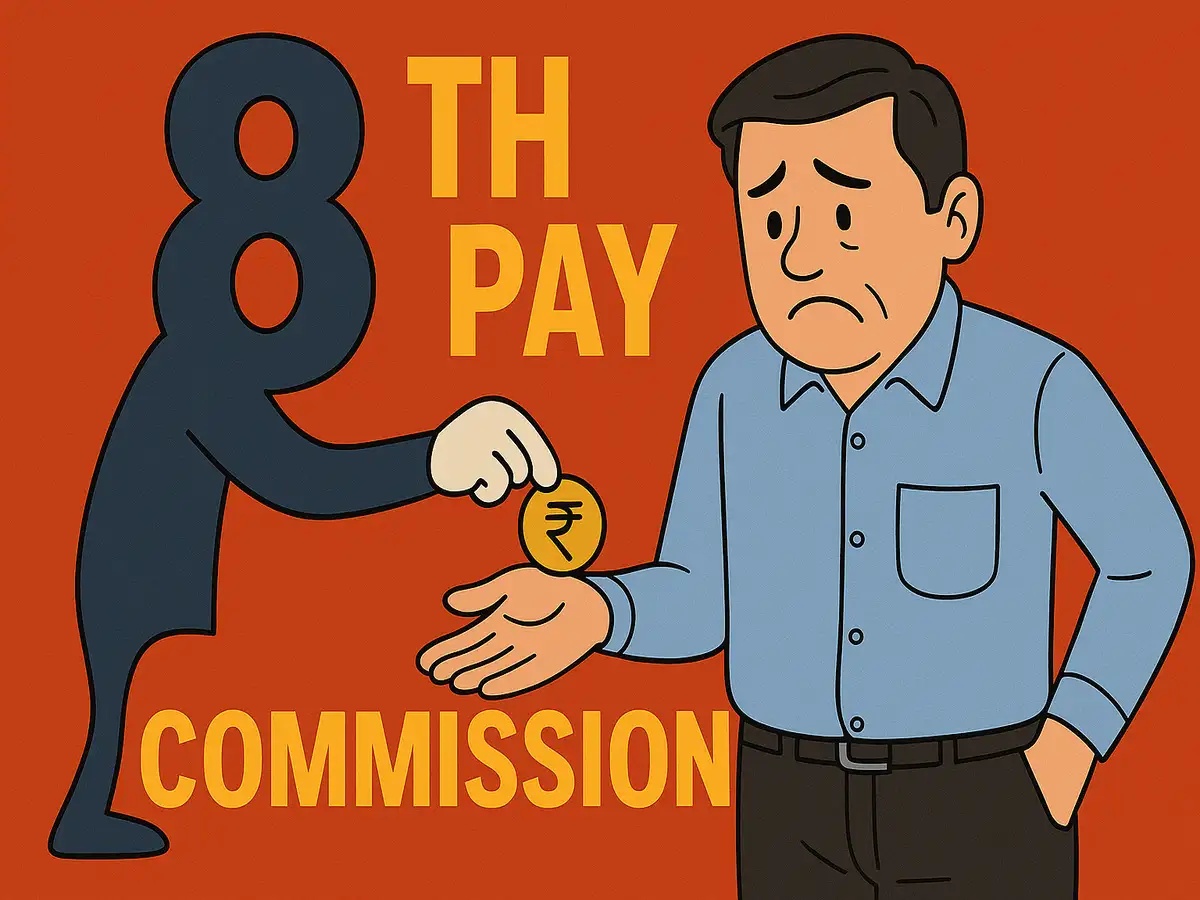
Salary Hike Projections Under the 8th Pay Commission
Recent analyses by financial institutions like Kotak Institutional Equities suggest that the 8th Pay Commission may deliver a significantly smaller salary increase compared to its predecessor, the 7th Pay Commission. According to these reports, the fitment factor—a critical multiplier determining salary and pension hikes—could be as low as 1.8, resulting in a mere 13% real pay increase for central government employees and pensioners. This contrasts sharply with the 14.3% boost from the 7th Pay Commission, which took effect in 2016. The discrepancy has raised concerns among employee unions and legal experts, who warn of potential challenges if the proposed adjustments fall short of expectations. The delayed implementation of the 8th Pay Commission’s recommendations, which are expected to take effect in January 2026, further complicates the timeline for salary adjustments.
The Role of Fitment Factor in Salary Adjustments
The fitment factor is a pivotal element in determining the financial gains for central government employees. For instance, the 7th Pay Commission’s fitment factor of 2.57 raised the minimum basic pay from Rs 7,000 to Rs 18,000. However, this factor is applied exclusively to basic pay, not the entire salary. The 8th Pay Commission’s proposed fitment factor of 1.8 suggests a more modest increase, which could disappoint employees and pensioners. Legal experts caution that such a reduction might breach the principle of non-retrogression in administrative law, potentially inviting judicial scrutiny. Employee unions, particularly the National Council-JCM, have already voiced opposition, citing the inequity of reducing benefits amid rising inflation and living costs.
Components of Central Government Salaries and DA Adjustments
A central government employee’s salary comprises four key components: basic pay, Dearness Allowance (DA), House Rent Allowance (HRA), and transport allowance. The DA, which accounts for 55% of basic pay, is revised bi-annually to offset inflation. However, under the 8th Pay Commission, DA is expected to be merged with basic pay and reset to zero, a move that has sparked debate. Ambit Capital’s report highlights this potential merger, while some legal experts remain optimistic, predicting a fitment factor between 2.6 and 2.86, which could lead to a 40-50% salary hike. This would benefit over 11 million employees and pensioners, including defense personnel, though the exact implementation timeline remains uncertain.
Legal and Administrative Challenges Ahead
The 8th Pay Commission’s delayed constitution and lack of clear terms of reference have raised concerns about its effectiveness. While the government aims to finalize recommendations by January 2026, the absence of a chairman and structured consultations has slowed progress. Legal experts warn that a low fitment factor could be perceived as a regressive policy, violating administrative law principles. Meanwhile, unions and legal advisors argue that the commission’s recommendations must balance fiscal constraints with the need to maintain purchasing power for employees amid inflation. This tension underscores the complexity of navigating both financial and legal frameworks in salary adjustments.
Implementation Timeline and Future Implications
The 8th Pay Commission’s timeline is critical for ensuring equitable adjustments. Despite the proposed January 2026 implementation date, delays in finalizing terms of reference and appointing a chairman have cast doubt on the process’s efficiency. Legal and financial analysts emphasize the need for transparency to avoid disputes. While some experts remain hopeful about a higher fitment factor, the current projections suggest a more conservative approach. This could impact employees’ financial stability, highlighting the importance of timely and fair adjustments. As the commission moves forward, its ability to balance fiscal realities with employee needs will determine its success.




